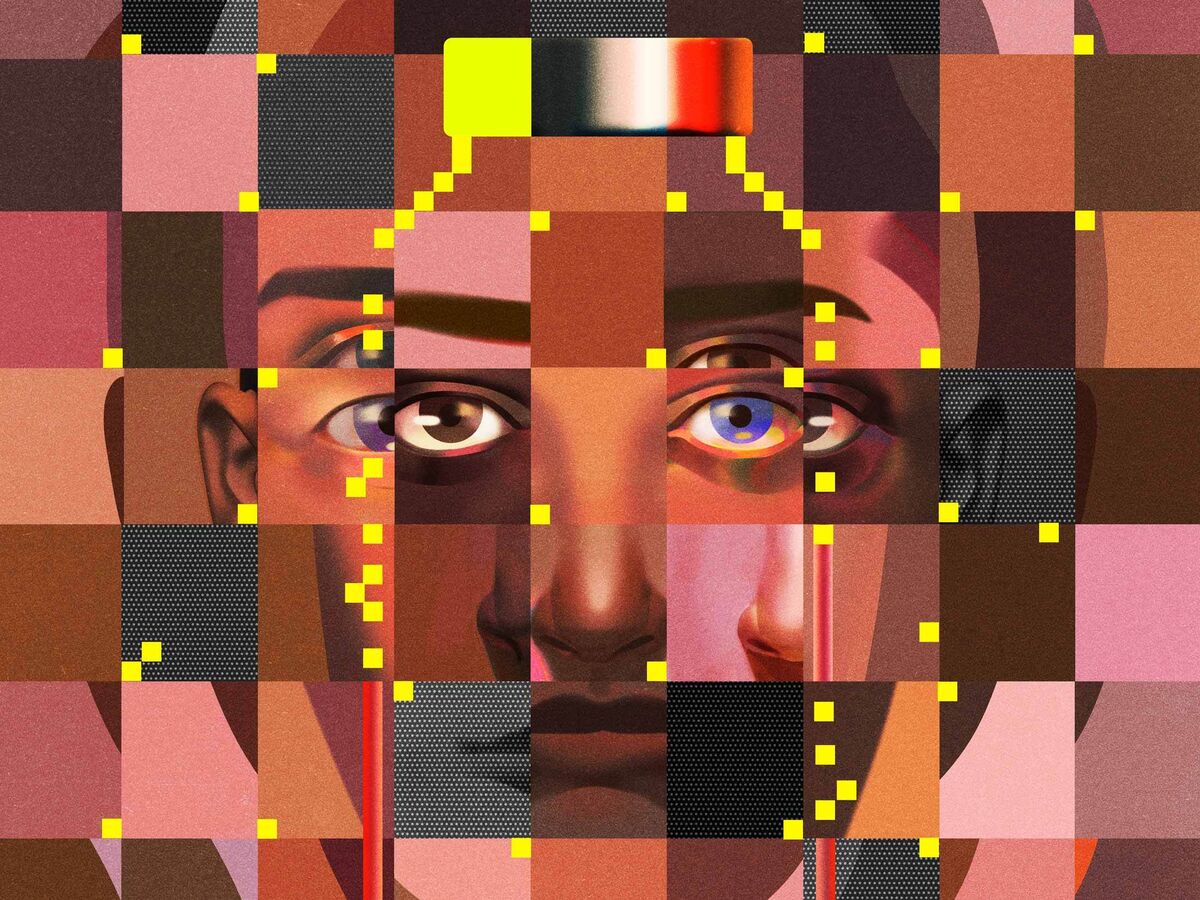Get the latest tech news
AI is coming for big pharma
Will an AI discover the next miracle cure?
Put simply, every successful drug has to prop up at least $18 billion waste generated by its unsuccessful siblings, which all but guarantees that less lucrative cures for rarer conditions aren’t given as much focus as they may need. “What gets exciting,” said Dr. Gibson, “is when [we] see a gene nobody has ever heard of in the list, which feels like novel biology because the world has no idea it exists.” Once a target has been identified and the findings checked by a human, the data will be passed to Recursion’s in-house scientific laboratory. “About six weeks later, with very little human intervention, we’ll get the results,” said Dr. Gibson and, if successful, it’s then the team will “really start investing.” Because, until this point, the short period of validation work has cost the company “very little money and time to get.” The promise is that, rather than a three-year preclinical phase, that whole process can be crunched down to a few database searches, some oversight and then a few weeks of ex vivo testing to confirm if the system’s hunches are worth making a real effort to interrogate.
Or read this on Endgadget